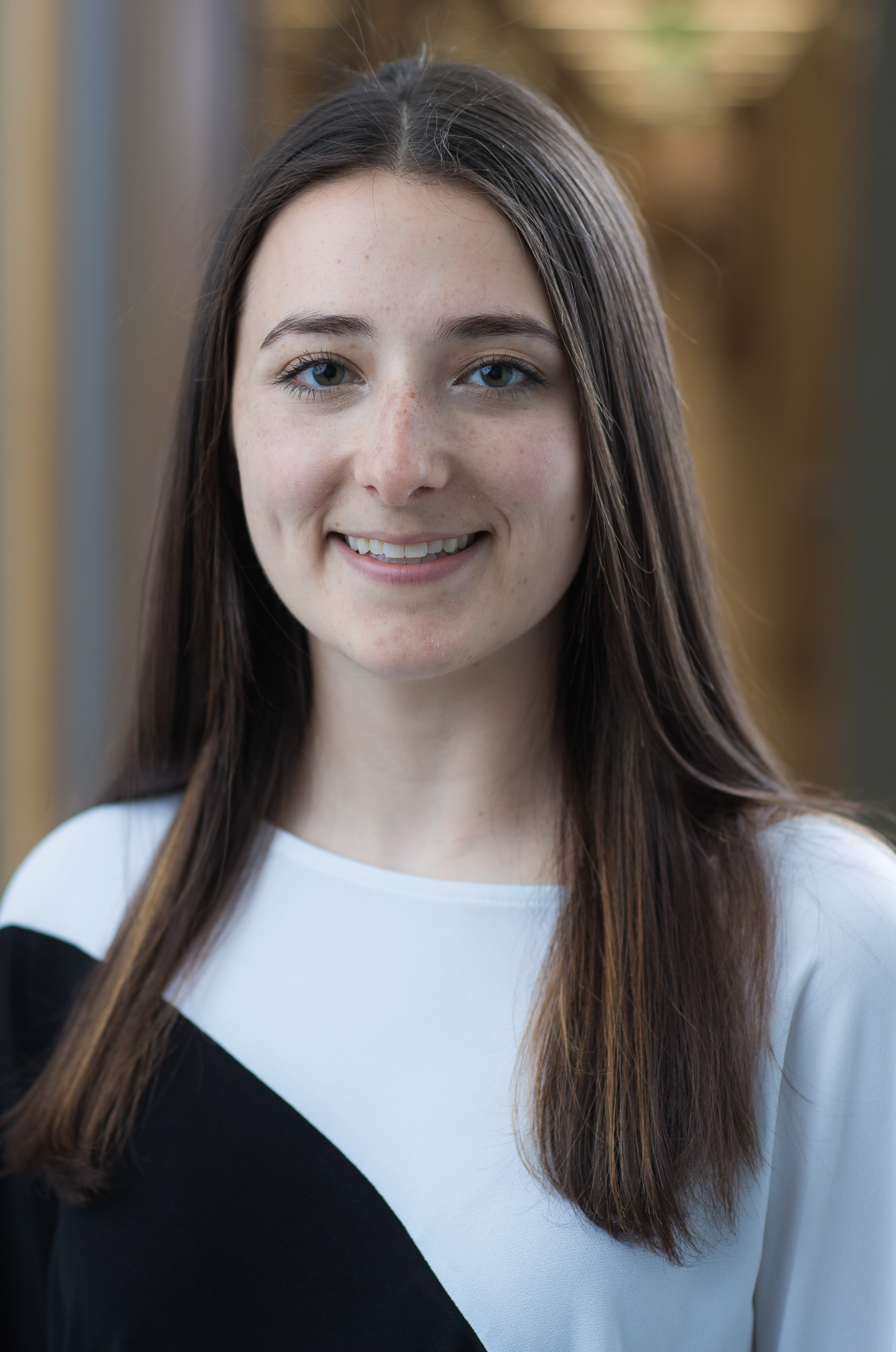Proteins are the “do-ers” of the cellular world. They break down your food, contract your muscles when you walk around, and build up all of the materials that you need to grow and survive. Proteins are made up of 20 different amino acids, the sequence of which is called the primary structure. It might sound surprising that only 20 amino acids could be arranged to make up the ~100,000 proteins that human cells require. However, proteins are also folded into unique shapes, called the secondary and tertiary structure, and interact with each other and the environment to perform new and specific functions. Which brings us to how proteins and disease, like cancer, are related...
How are proteins and disease related?
Many diseases can be traced back to mishaps with a protein’s normal function. Proteins are encoded by DNA, our genetic material, and so scientists first look here to determine if a person has any abnormalities in their protein sequence. For example, the BRCA1/2 genes are commonly screened to determine a person’s risk of breast cancer. The mutation in this gene that predisposes individuals to cancer is just one amino acid, but this change renders the protein incapable of performing its normal function, which is related to warning the cell of DNA damage.
Many proteins have a specific “binding pocket” that interacts with partners of the protein, often other proteins or molecules in the cell. Scientists in academic labs and pharmaceutical companies use a combination of large-scale screening platforms and 3D modeling softwares to design and optimize small molecules to treat disease that binds these pockets. One common example is aspirin, which targets the COX-1 and COX-2 proteins to inhibit their activity in the cell and block inflammation. The same approach is taken for many small molecule cancer therapeutics, clearly demonstrating the relevance and versatility of small molecule therapeutics.
So if we know how to stop harmful protein functions, why haven’t we cured cancer?
There are a few key answers to this question. The first is that we simply don’t know the cause of all diseases, and some cannot be tied back to a single protein or function. Over time, we will continue to expand our knowledge and narrow down disease targets. The more insurmountable problem is resistance; cancer’s only goal is to survive and grow, so cancerous cells with mutations avoid the therapeutic effect of the molecule and become “resistant.” Sometimes there is a second-line therapeutic which will address the most common mutant protein, but, tragically, there is often no other treatment option or the patient has developed a unique mutation that cannot be treated by available therapeutics.
So what do we do now?
There are a few ways in which the cutting edge of science is addressing the issue of resistance. Researchers continue to identify new protein targets and small molecule therapeutics that expand treatment options to provide second- or third-line and combination therapies. Some small molecules remain effective for decades, often because the same amino acids that are essential for the protein’s function are targeted by the therapeutic, so mutation is not possible. Hopefully we will continue to identify more of these long-lasting drugs.
Another emerging field is gene editing. This technology addresses the protein problem at its core by changing a disease mutation in the DNA sequence back to the normally functional sequence. Researchers have known for decades that the cause of sickle cell anemia is a single DNA base change, but recent successes in gene editing have seen this disease completely and permanently cured. However, there are a few drawbacks that are yet to be overcome. Since gene editing changes are permanent, scientists need to develop precise and accurate machinery to perform this important task, which takes a lot of time. Also, not every disease can be traced back to a single genetic mutation and, if the disease is advanced, gene editing would not prevent or reduce the tumor volume.
In my opinion, the near future of medicine will see gene editing as a preventative strategy but small molecule therapeutics will remain extremely relevant. My hope is that we continue to move towards a future in which we can prevent the loss of life to disease.

Comments